There is massive money on the table for the first localisation outfit that can produce high-quality translations of Chinese-developed games for their Western release. Unfortunately, we don’t have that localisation infrastructure yet. It has only been in the last decade or so that games from Taiwan and/or China have started to gather global interest, and it shows. It’s not like the games are bad. Quite the opposite. They’re typically compelling and the Chinese culture and its very different storytelling traditions mean that they’re also very different games to play. It’s just that they’re also always so badly translated that they’re almost impossible to take seriously, and The Hungry Lamb: Traveling in the Late Ming Dynasty is one of the most unfortunate examples of that to date.
This game has been around for a while in its native language, and it has been a major hit there. Though it was only recently released in English, there are nearly 7,000 reviews, which is incredible for a visual novel. The best of Idea Factory’s breathtakingly high production value titles like Hakuoki or Birushana, for example, have between 1,000 and 3,000. The first episode of the massive cult classic Higurashi When They Cry is free and only has 5,000. House In Fata Morgana, which for a time was the highest-rated Nintendo Switch game of all with a perfect 100% score, has half the number of Steam reviews as Hungry Lamb, and so on. It’s also not just that a lot of people have reviewed it, because the user review average for Hungry Lamb is 10/10.
It’s easy to understand why, because if you can imagine your way past the translation to understand what the game must read like when it’s written properly, you know you’re looking at a masterpiece, albeit an uncomfortable one. This is a hideously dark and brutal game, and an example of true sadism, as in “the philosophy of the Marquis de Sade.”
See, while Sade has a well-deserved reputation for being a depraved pornographer, his work is also notable because it actually uses that depravity in the service of something much loftier than simply titillation. Sade was active around the time of the French Revolution, and even though he was a (incredibly wealthy) nobleman, he actually landed on the site of the revolutionaries, and this comes through his writing. In Sade’s universe, the wealthy are the depraved butchers, rapists, and hypocrites, claiming to be legal or moral shepherds, as heads of government or religion, only to inflict such total misery on their victims, who are inevitably creatures of virtue from the peasantry. The brutality of Sade’s writing can be interpreted as much as anger at the elites, rulers, and religious figureheads as it is sex books, and that’s exactly how Pasolini interpreted him when adapting 120 Days of Sodom into a film, and casting the depraved as fascists (that being 1970’s Italy).
With that summary of Sade for context, what you need to know about Hungry Lamb is that it starts out with the two protagonists (both people smugglers) agreeing to a gig to escort a number of captured young girls (ages six to… 12, I think? My memory’s hazy on this point but only one of them is a teenager, and that knowledge comes later) to what they all refer to as a Swine Demon (wealthy Person Of Importance). That Swine Demon (I’m not kidding, that really is what they all call him) intends on “devouring” these girls (the story is vague on whether they’re talking about literal cannibalism here or a… more metaphoric meaning of the word, and it’s difficult to figure out which would be more horrific). This is all set against a backdrop of a decaying empire (as really was the case in China in the 17th century and the historical period in which this game is set). Famine, warfare, and inhumanity are rife. In the first village you arrive at, the men have butchered all the women and children for meat.
And yet the royal Ming court continues on their decadent ways, completely uncaring about the plight of the population. See? As I said, Hungry Lamb isn’t pornographic on any level, but it is very much what you might expect a non-horny Marquis de Sade to write.
The two human traffickers start to question their work and the consequences. They start to form a bond with the girls, and we start to learn more about those girls’ backstories, which just makes their “adventure” all the more nightmarish. Hungry Lamb is one violently angry game. Like, “let them eat bread,” angry. In fact, it’s probably just as well that this game is so fleetingly niche for the Western market, and so poorly localised that there is a next to zero chance that American republicans and their voters will play this. Hungry Lamb would be at great risk of losing that 10/10 score if that audience stumbled on something so overtly anti-capitalist, anti-authoritarian and viscerally, uncomfortably explicit.
This narrative is backed up with an ethereally beautiful art style that makes me glad that Sade stuck to words and didn’t add art to make the violence of his work even more of a sickening punch to the stomach. The key art scenes in particular are incredibly effective at building an emotional resonance with players, which, again, just makes what happens to these characters even more high impact. For example, there are some scenes where one of the little girls is playing around with a shadow theatre play set, putting on little shows for the other travellers and singing like she was safely at home with a toybox full of dolls. It’s a powerfully distressing contrast to contemplate.
With that said, in the next scene, the girl has a flashback to her parents cooking her kitten because they’re starving after two years of famine, so her home life was clearly not filled with dolls and frilly dresses either. But you get my point about the imagery and how totally this game shatters the idea of innocence. Hungry Lamb does not hold back.
I firmly believe that the best art is provocative. It pulls us out of our comfort zones, challenges us to both feel and think, and leaves us with something that we can dwell on. This isn’t just a left-and-right thing. I readily recommend the Japanese author, Yukio Mishima to anyone who would listen to me, and he’s every bit as provocatively revolutionary and intellectually rich to read, though from a hard right position. Hungry Lamb does all of that, and the concept and ideas are presented to an equal standard as any other example that you can think of. This is why I am so furious at the developers for going cheap on localisation (or being unable to find a quality localisation company).
It is possible to translate the Chinese languages to English in a professional manner. I know this might be difficult to believe given that as far as I’m aware we’ve yet to see a game localised to the standards we take for granted with Japanese localisations, but I’m reading through a new(ish, 2010) localisation of The Water Margin, and it reads like it was written in native English. So it’s possible, but perhaps the localisers for Chinese languages are still focused exclusively on film and literature. With Hungry Lamb, you’ll be able to follow along with the narrative, understand the characters, and the frequently vivid scenes will have the intended impact on you, but the low quality translation is also going to frequently pull you out of the story, and you’ll be left with the impression that it could have been something even more powerful if it read cleanly.
I typically give visual novels with poor localisations 1/5. After all, the exclusive point of the game is to share a story and if the localisation is bad it has failed in that task. The score I’m giving The Hungry Lamb: Traveling in the Late Ming Dynasty should highlight just how disappointed I am by the localisation, because this could have very easily been one of the most powerful stories in video game history.
Buy the hottest games with Amazon.
By purchasing from this link, you support DDNet.
Each sale earns us a small commission.
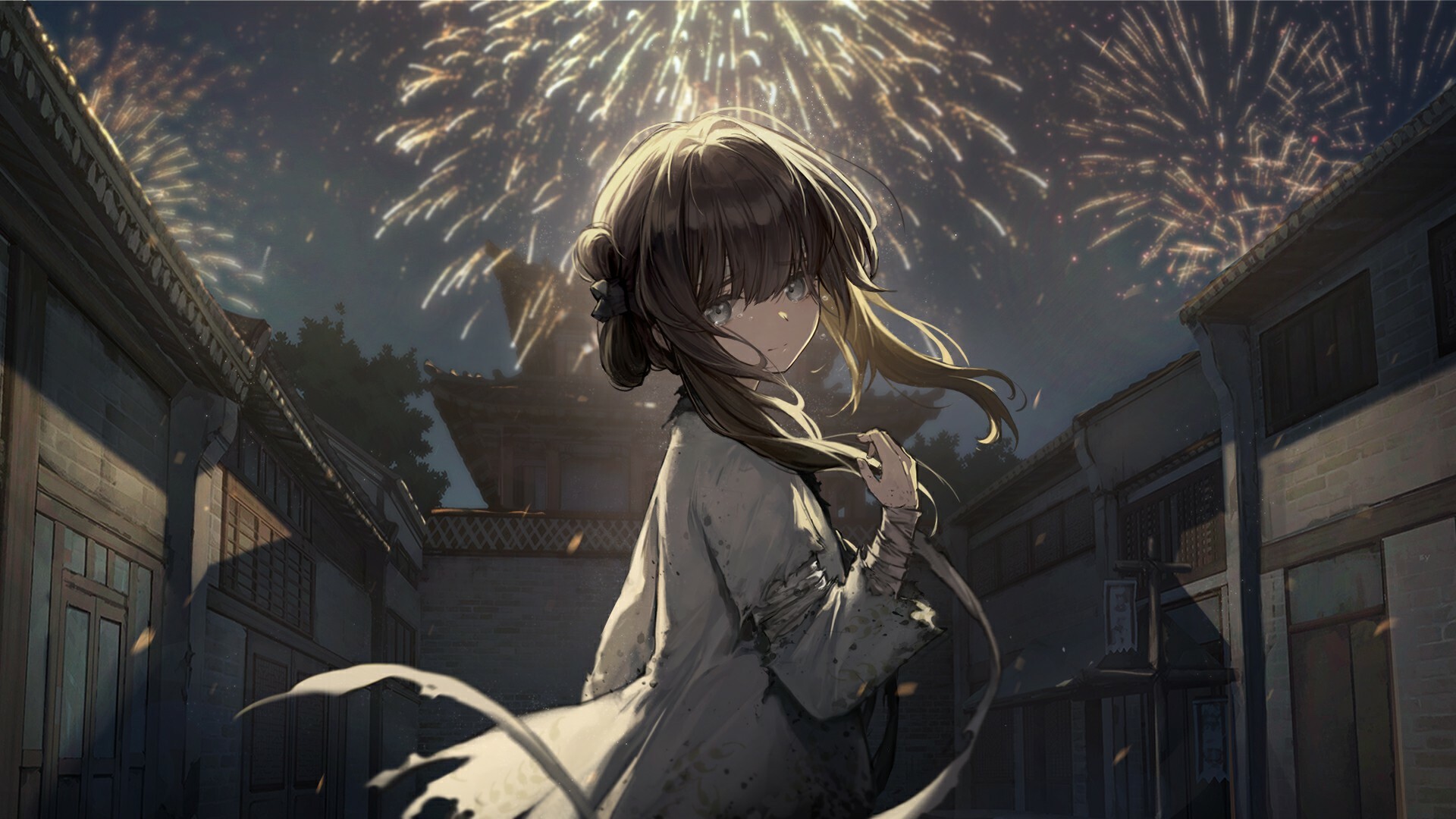

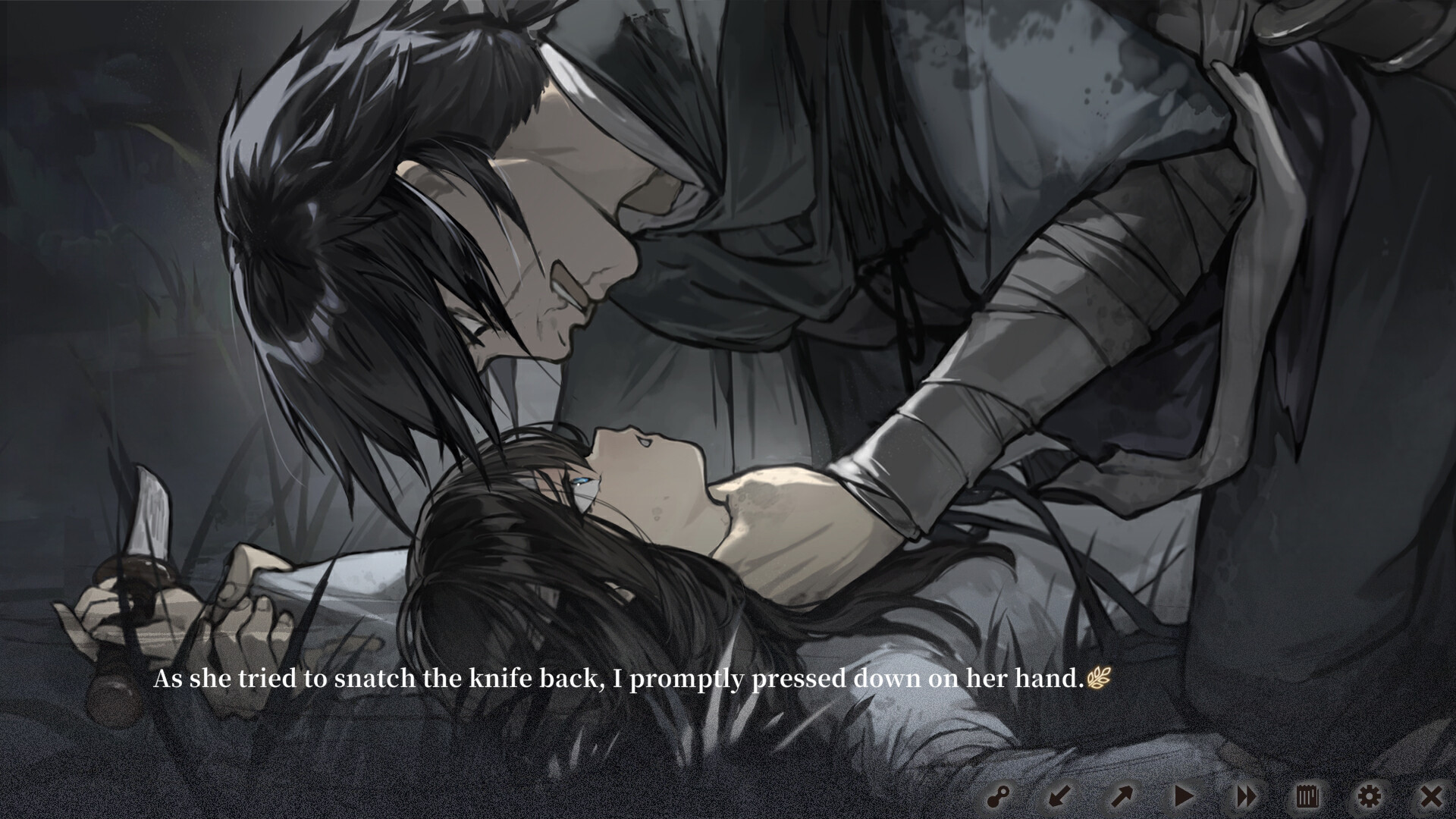
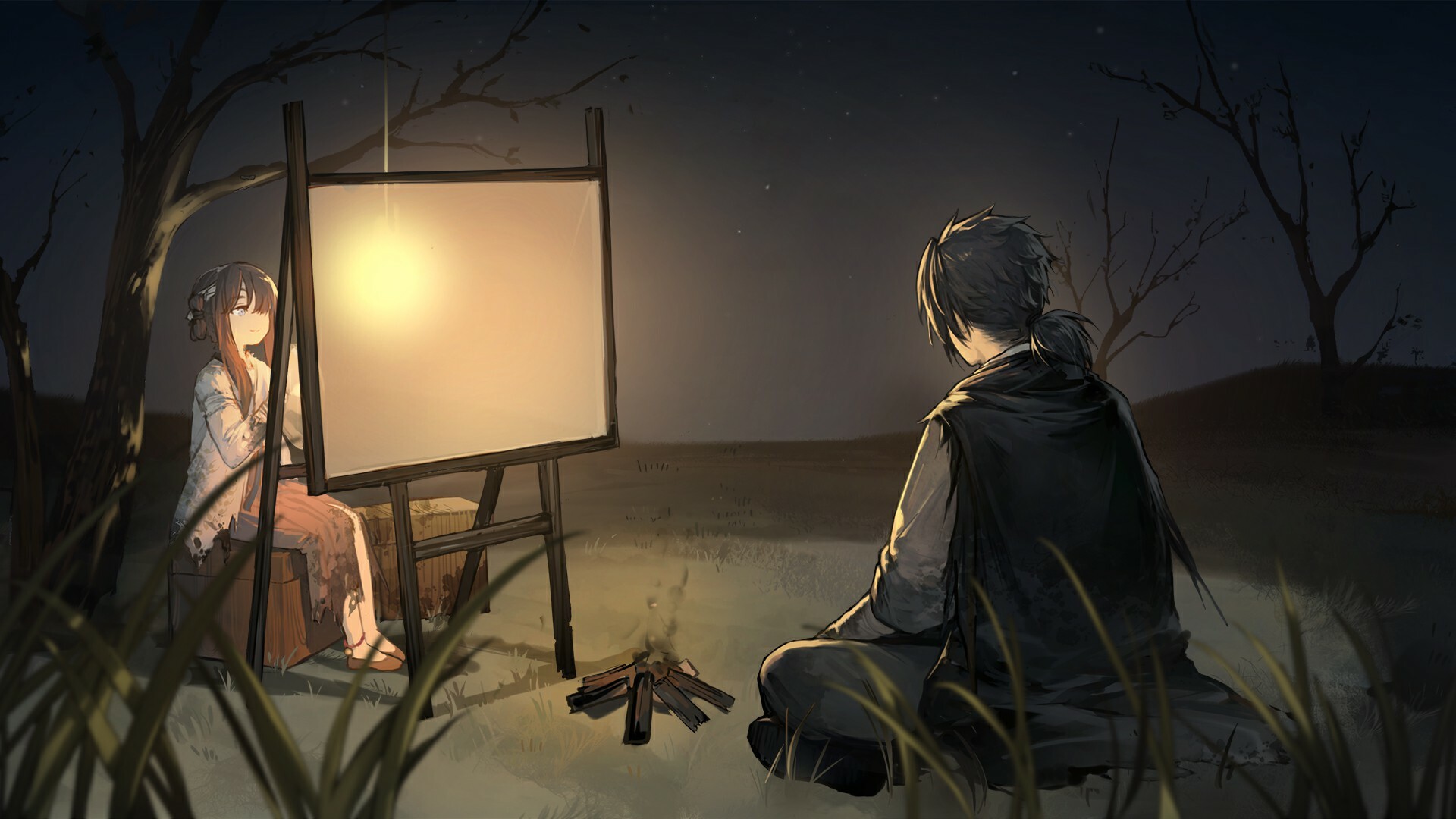


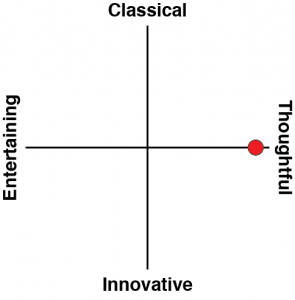




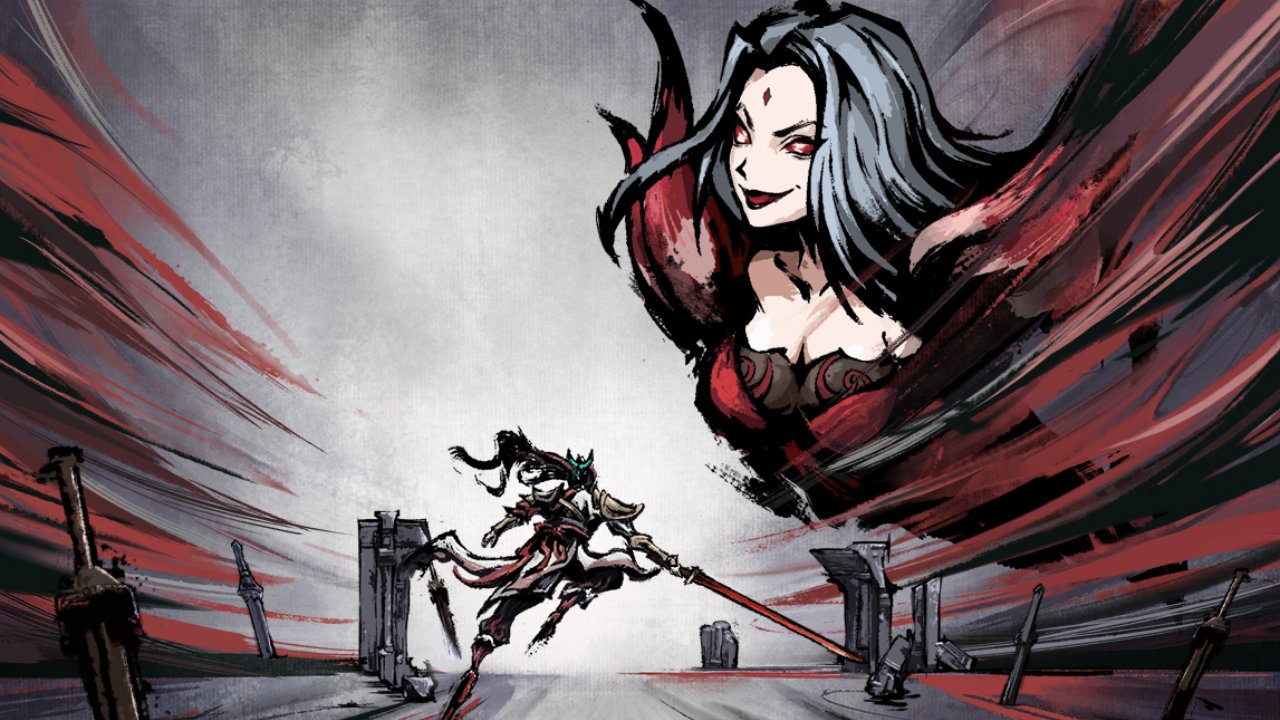

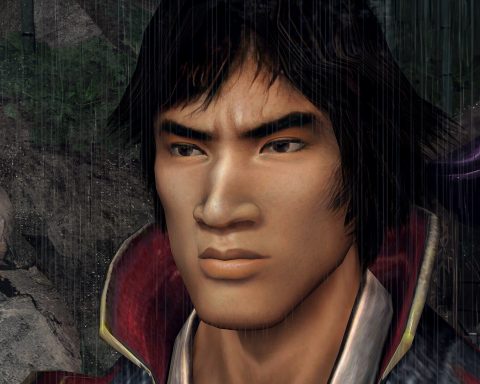

Localization was one of the most impressive things HoYoverse did with genshin impact. Quality localization from chinese into half a dozen different languages. Every two months or so. That continued, in even shorter content updates, with Honkai Star Rail. It’s quality is only highlighted by the contrast with most Chinese localizations you find on steam.
Glad to see reviews for this great novel! As for the localization – at least, it’s done much better than in the debut game of the same studio, which is called “Lay a Beauty to Rest” or “Zang Hua”. That was one lazy *** translation. I played both games in Mandarin, and when I decided to check English localization for the latter, it just hurt my feelings. While in case of this one it didn’t make such a horrible impression, at least.
>the story is vague on whether they’re talking about literal cannibalism here or a… more metaphoric meaning of the word
Well, actually it’s both o_0 Maybe it sounded vague in the translation, but in the original text it was obvious that the Swine Demon first would have his way with the girls and THEN eat them alive.
>something so overtly anti-capitalist, anti-authoritarian
I’m not sure if the term “anti-capitalist” is suitable here since the game is set in pre-capitalistic feudal China. But it’s definitely anti-authoritarian.